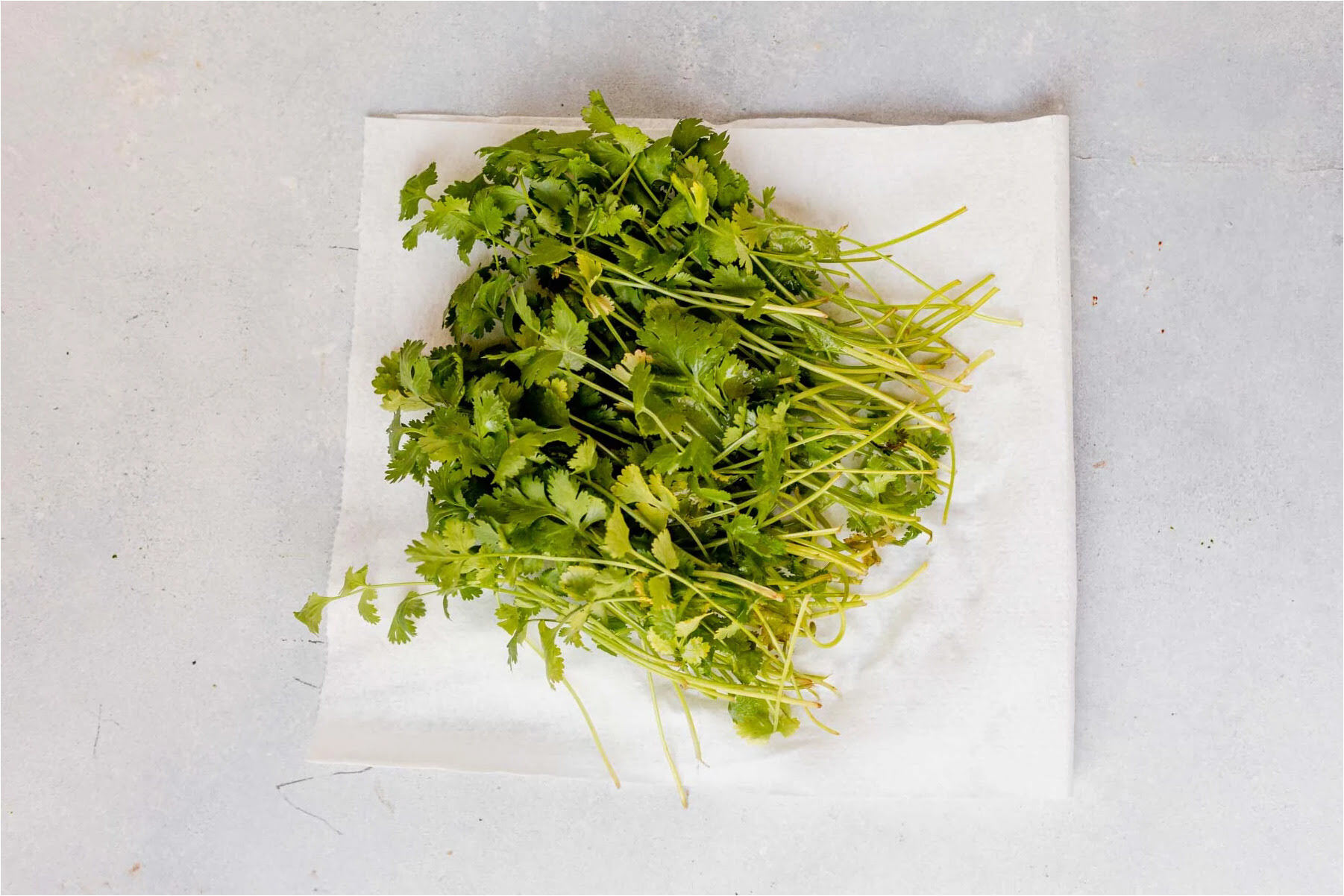

Articles
How To Store Coriander Leaves
Modified: February 23, 2024
Looking for articles on how to store coriander leaves? Check out our guide for useful tips and tricks to keep your coriander leaves fresh for longer!
(Many of the links in this article redirect to a specific reviewed product. Your purchase of these products through affiliate links helps to generate commission for Storables.com, at no extra cost. Learn more)
Introduction
Coriander leaves, also known as cilantro or dhania, are a popular herb widely used in various cuisines around the world. With their distinct flavor and vibrant green color, coriander leaves add a fresh and aromatic touch to dishes. Whether you are growing coriander in your own garden or buying it from the market, knowing how to store coriander leaves properly is crucial to ensure their freshness and extend their shelf life.
In this article, we will explore different methods for storing coriander leaves to help you keep them fresh and flavorful for longer periods. We will also provide tips and tricks to maintain the quality of the leaves and preserve their nutrients. So, let’s dive in and discover how to store coriander leaves effectively.
Key Takeaways:
- Extend the Freshness: Properly storing coriander leaves in the refrigerator, freezer, oil, or by drying ensures extended shelf life, convenience, and accessibility, reducing food waste and preserving nutrients for flavorful dishes.
- Versatile Storage Options: From refrigeration to freezing, oil preservation, and drying, various storage methods cater to different needs, allowing you to enjoy the vibrant flavor and aroma of coriander leaves year-round.
Read more: How To Store Coriander Seeds
Benefits of Storing Coriander Leaves
Properly storing coriander leaves not only helps to maintain their freshness but also allows you to enjoy their numerous health benefits for an extended period. Here are some key benefits of storing coriander leaves:
- Extended Shelf Life: Storing coriander leaves properly can significantly extend their shelf life. Fresh coriander leaves tend to wilt and lose their flavor quickly, but proper storage methods can help to preserve their freshness for up to two weeks.
- Convenience and Accessibility: By storing coriander leaves, you can have them readily available whenever you need them. This eliminates the hassle of constantly going to the market or garden to get fresh coriander leaves, saving you time and effort during cooking.
- Savings: Buying coriander leaves in bulk or growing them in your garden and storing them can help save money in the long run. Instead of buying small quantities frequently, you can purchase or harvest a larger amount and store them for later use.
- Preserving Nutrients: Coriander leaves are rich in vitamins, minerals, and antioxidants that offer various health benefits. By storing them properly, you can retain these nutrients to ensure that your dishes remain nutritious even after some time.
- Reduced Food Waste: Storing coriander leaves properly reduces the chances of them going bad and being wasted. This is especially useful if you have a surplus after harvesting or buying, as you can store them and use them later without worrying about spoilage.
Now that we understand the benefits of storing coriander leaves, let’s explore the various methods to keep them fresh and flavorful for longer durations.
Proper Harvesting and Cleaning Techniques
Before storing coriander leaves, it is important to ensure that they are harvested and cleaned properly. Here are some guidelines to follow:
- Harvesting: Harvest coriander leaves when they are at their peak freshness. This is typically when the plants have reached a height of about 6-8 inches. Use clean gardening shears or scissors to cut the leaves, making sure to leave some stems intact for continued growth.
- Cleaning: Once harvested, gently rinse the coriander leaves in cold water to remove any dirt, debris, or pests. Be gentle to avoid damaging the delicate leaves. If there are stubborn bits of debris, you can use a soft-bristle brush to remove them.
- Drying: After washing, pat the coriander leaves dry using a clean kitchen towel or paper towels. Excess moisture can lead to wilting and spoilage, so it’s important to ensure that the leaves are completely dry before storing.
- Trimming: Trim any discolored or wilted parts of the leaves before storing. This helps to maintain the overall quality of the coriander leaves and prevent the spread of spoilage.
Following these harvesting and cleaning techniques will ensure that your coriander leaves are fresh and free from any contaminants before storing them for future use.
Storing Coriander Leaves in the Refrigerator
The refrigerator is the most common and convenient method for storing coriander leaves. Here’s how you can do it:
- Preparation: Place clean and dry coriander leaves on a paper towel. Make sure to remove any excess moisture from the leaves before proceeding to the next step.
- Wrap in Paper Towel: Gently wrap the coriander leaves in a fresh paper towel. This will help absorb any excess moisture and prevent the leaves from wilting.
- Seal in a Ziplock Bag: Place the wrapped coriander leaves in a ziplock bag. Press out any excess air and seal the bag tightly. Alternatively, you can use airtight containers for storage.
- Refrigerate: Store the ziplock bag or container in the refrigerator’s vegetable compartment or the coldest part of the fridge, ideally around 1-4°C (34-39°F).
- Check and Rotate: Periodically check the coriander leaves to ensure freshness. If you notice any wilted or spoiled leaves, remove them to prevent them from affecting the rest of the bunch. You can also rotate the bag or container to evenly distribute any moisture that may have accumulated.
Storing coriander leaves in the refrigerator using this method can help keep them fresh for up to two weeks. However, it’s important to note that the leaves may gradually lose some of their flavor over time.
Remember to wash the coriander leaves just before using them to maintain their freshness and flavor. By following these steps, you can enjoy the benefits of freshly stored coriander leaves in your recipes without any hassle.
Freezing Coriander Leaves
If you have an abundant supply of coriander leaves and want to preserve them for an extended period, freezing is a great option. Freezing coriander leaves helps retain their flavor and allows you to have them readily available throughout the year. Here’s how you can freeze coriander leaves:
- Prep and Blanch: Start by washing and drying the coriander leaves thoroughly. Then, blanch them quickly in boiling water for about 10-15 seconds. Blanching helps retain the color and texture of the leaves.
- Ice Bath: Remove the coriander leaves from the boiling water and immediately plunge them into a bowl of ice water. This step stops the cooking process and helps preserve the flavor and freshness of the leaves.
- Drain and Dry: After the ice bath, drain the coriander leaves and pat them dry using a kitchen towel or paper towels. Make sure to remove any excess moisture to prevent freezer burn.
- Portion and Pack: Divide the coriander leaves into small portions based on your usage needs. Place each portion in a freezer-safe container or sealable freezer bags. Squeeze out any excess air from the bags before sealing to prevent freezer burn.
- Label and Freeze: Finally, label each container or bag with the date and contents, then place them in the freezer. The coriander leaves can be stored in the freezer for up to 6 months.
When you need coriander leaves for a recipe, simply remove the desired portion from the freezer and use them directly. There’s no need to thaw the leaves beforehand, as they can be added directly to the cooking process.
While frozen coriander leaves may not have the exact same texture as fresh ones, they will retain their flavor and are a convenient alternative when fresh leaves aren’t easily accessible.
Now you can enjoy the taste and aroma of coriander leaves year-round, thanks to the freezing method.
Store coriander leaves by wrapping them in a damp paper towel and placing them in a resealable plastic bag. Keep the bag in the refrigerator to maintain freshness for up to two weeks.
Read more: How To Store Table Leaves
Preserving Coriander Leaves in Oil
Another method of storing coriander leaves is by preserving them in oil. This not only helps to keep the leaves fresh but also infuses the oil with the delightful aroma and flavor of coriander. Here’s how you can preserve coriander leaves in oil:
- Wash and Dry: Start by washing the coriander leaves thoroughly and drying them completely. Remove any excess moisture to prevent the growth of bacteria in the oil.
- Chop or Blend: Next, chop the coriander leaves finely or use a blender to create a smooth paste. If desired, you can add a small amount of oil to aid in the blending process.
- Mix with Oil: Transfer the chopped or blended coriander leaves into a clean, dry jar. Pour enough oil (such as olive oil or vegetable oil) over the leaves to completely submerge them. The oil acts as a preservative and helps maintain the freshness of the coriander leaves.
- Seal and Store: Seal the jar tightly and store it in the refrigerator. The coriander leaves can be preserved in oil for up to two weeks, but be sure to check for any signs of spoilage before use.
Preserving coriander leaves in oil not only extends their shelf life but also creates a delightful herb-infused oil that can be used in various dishes. The coriander-infused oil is great for drizzling over salads, using as a marinade, or incorporating into dressings and sauces.
Make sure to use a clean spoon or utensil when extracting the coriander leaves from the jar to avoid introducing contaminants. Additionally, if you notice any mold or off smells, discard the preserved coriander leaves and oil immediately.
Preserving coriander leaves in oil is a simple and effective way to ensure a constant supply of flavorful herbs in your kitchen.
Drying Coriander Leaves
Drying coriander leaves is a traditional method of preserving them, allowing you to enjoy their flavor even when fresh leaves are not available. Dried coriander leaves, also known as coriander seeds, can be used in a variety of culinary creations. Here’s how you can dry coriander leaves:
- Harvest and Clean: Begin by harvesting the coriander plants when they are mature and producing seeds. Cut the stems with leaves intact.
- Air Drying: Bundle the coriander stems together and hang them in a well-ventilated area away from direct sunlight. The leaves will gradually dry out in a few weeks, and the coriander seeds will form.
- Seed Collection: Once the stems and leaves have dried completely, gently rub them between your fingers to separate the coriander seeds from the stems. Collect the seeds in a clean, dry container.
- Crushing: To use the dried coriander leaves, crush them using a mortar and pestle or a spice grinder. This will release their aroma and make them ready for use.
- Storage: Transfer the crushed coriander leaves into an airtight container and store them in a cool, dark place. Properly stored dried coriander leaves can retain their flavor for up to a year.
Dried coriander leaves can be used in a variety of dishes, such as soups, stews, curries, and marinades. They add a distinctive flavor and aroma, reminiscent of fresh coriander.
Note that drying coriander leaves may lead to a slight loss of flavor compared to fresh leaves. However, the seeds offer a unique taste and can be a great substitute in dishes where fresh coriander leaves may not be available.
By drying coriander leaves, you can have access to their flavor and versatility all year round, even when fresh coriander is out of season.
Storing Coriander Seeds for Future Use
Coriander seeds are a versatile ingredient used in various cuisines, known for their distinctive flavor and aroma. If you have harvested coriander seeds or bought them in bulk, storing them properly will ensure their longevity and flavor. Here’s how you can store coriander seeds for future use:
- Cleaning: Before storing coriander seeds, ensure they are clean and free from any debris or plant matter. Remove any stems, leaves, or other impurities that may be present.
- Drying: To enhance the shelf life of coriander seeds, it’s important to dry them thoroughly. Spread the seeds on a clean, dry surface and allow them to air dry for a few days until they are completely moisture-free.
- Storage Containers: Choose airtight containers for storing coriander seeds. Glass jars or metal containers with tight-fitting lids are ideal for providing a protective barrier against moisture and insects.
- Labeling: Properly label each container with the date of storage to ensure you use the oldest seeds first. Additionally, you can include any relevant information such as the variety of coriander seeds or their origin.
- Storage Conditions: Store the containers in a cool, dark place away from direct sunlight and heat sources. The optimal temperature for storing coriander seeds is around 15-20°C (59-68°F).
When stored under the appropriate conditions, coriander seeds can retain their flavor for up to a year. However, it’s worth noting that the flavor tends to diminish over time. To maintain maximum freshness and flavor, it’s advisable to use the seeds within six months.
When you’re ready to use the coriander seeds, grind them in a mortar and pestle, or use a spice grinder to release their rich aroma and flavors. Crushed coriander seeds are perfect for adding a burst of flavor to your curries, soups, marinades, and pickling recipes.
With proper storage and handling, you can enjoy the delightful taste and aroma of coriander seeds in your culinary creations long after the harvesting season.
Tips and Tricks for Keeping Coriander Leaves Fresh
Keeping coriander leaves fresh can be a challenge due to their delicate nature and tendency to wilt quickly. However, with the right techniques and precautions, you can extend their freshness and enjoy their vibrant flavor for longer. Here are some tips and tricks to help you keep coriander leaves fresh:
- Trimming and Storing the Stems: When storing coriander leaves, keep some of the stems intact. Trim the ends of the stems before placing them in water. This helps the leaves absorb moisture, keeping them fresh and hydrated.
- Water Storage: Place the trimmed coriander stems in a glass of water, just like you would with fresh flowers. Cover the leaves with a plastic bag loosely and secure it with a rubber band. Change the water every few days to prevent bacterial growth.
- Paper Towel Method: Wrap the coriander leaves in a damp paper towel to help retain moisture. Place them in a resealable plastic bag and store them in the refrigerator. The paper towel will help prevent wilting and keep the leaves crisp.
- Freezing for Prolonged Storage: If you have a surplus of coriander leaves, consider freezing them for long-term storage. Follow the freezing method mentioned earlier in this article to preserve their flavor and aroma.
- Use Fresh Leaves First: Whenever possible, use the freshest coriander leaves first before turning to stored ones. This way, you can enjoy the full flavor and aroma that fresh coriander leaves offer.
- Avoid Excess Moisture: Excess moisture can lead to the quick deterioration of coriander leaves. Make sure to dry the leaves thoroughly after washing them. Moisture can encourage the growth of mold, which can spoil the entire bunch.
- Store Properly: Choose the right storage method based on your preference and the quantity of coriander leaves you have. Whether it’s in the refrigerator, frozen, or preserved in oil, ensure that the storage containers are clean and airtight to maintain freshness.
- Reviving Wilted Leaves: If your coriander leaves have wilted, you can revive them by soaking them in a bowl of cold water for a few minutes. This can help rehydrate the leaves and restore their freshness.
- Using the Entire Plant: Instead of just harvesting the leaves, make use of the entire coriander plant. The stems, roots, and even the coriander seeds can be utilized in various dishes, providing different flavors and textures.
- Ensure Proper Ventilation: Store coriander leaves in a well-ventilated area in the refrigerator to prevent moisture buildup. Proper air circulation helps keep the leaves fresh and prevents them from becoming slimy.
By following these tips and tricks, you can extend the freshness of coriander leaves and make the most of their vibrant flavor and aroma in your culinary endeavors.
Read more: How To Store Cilantro Leaves
Conclusion
Knowing how to properly store coriander leaves is essential to maintain their freshness, flavor, and nutritional value for an extended period. Whether you have an abundant harvest from your garden or want to preserve store-bought coriander leaves, implementing the right storage techniques will help you enjoy their delightful taste and aroma for longer.
In this article, we explored various methods for storing coriander leaves, including refrigeration, freezing, oil preservation, and drying. Each method offers its own unique benefits and allows you to select the one that suits your needs and preferences best.
Additionally, we provided tips and tricks to help you keep coriander leaves fresh, such as trimming and storing the stems, utilizing water storage or the paper towel method, avoiding excess moisture, and using fresh leaves first. These tips ensure that you can savor the vibrant flavor and aroma of coriander leaves, even when they are not in season.
Whether you choose to store coriander leaves in the refrigerator for short-term use, freeze them for prolonged storage, preserve them in oil for added flavor, or dry them to create coriander seeds, proper storage will ensure that you have a constant supply of this versatile herb for your culinary creations.
By implementing these storage techniques and maintaining the freshness of coriander leaves, you can elevate the flavors of your dishes, reduce food waste, and enjoy the health benefits that this flavorful herb offers.
So go ahead, stock up on coriander leaves, and experiment with different storage methods to find the one that works best for you. Don’t let the fear of coriander leaves losing their freshness hold you back from enjoying their vibrant taste and aroma all year round.
Frequently Asked Questions about How To Store Coriander Leaves
Was this page helpful?
At Storables.com, we guarantee accurate and reliable information. Our content, validated by Expert Board Contributors, is crafted following stringent Editorial Policies. We're committed to providing you with well-researched, expert-backed insights for all your informational needs.
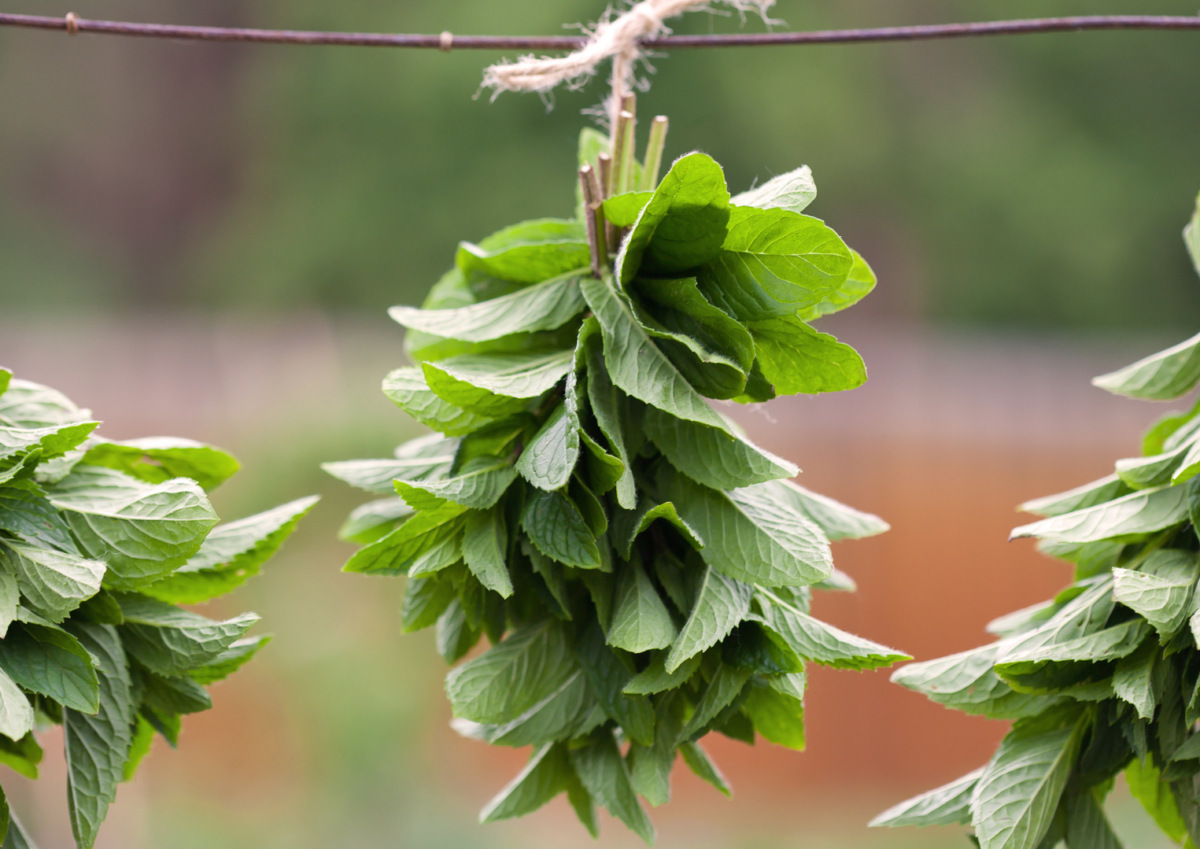
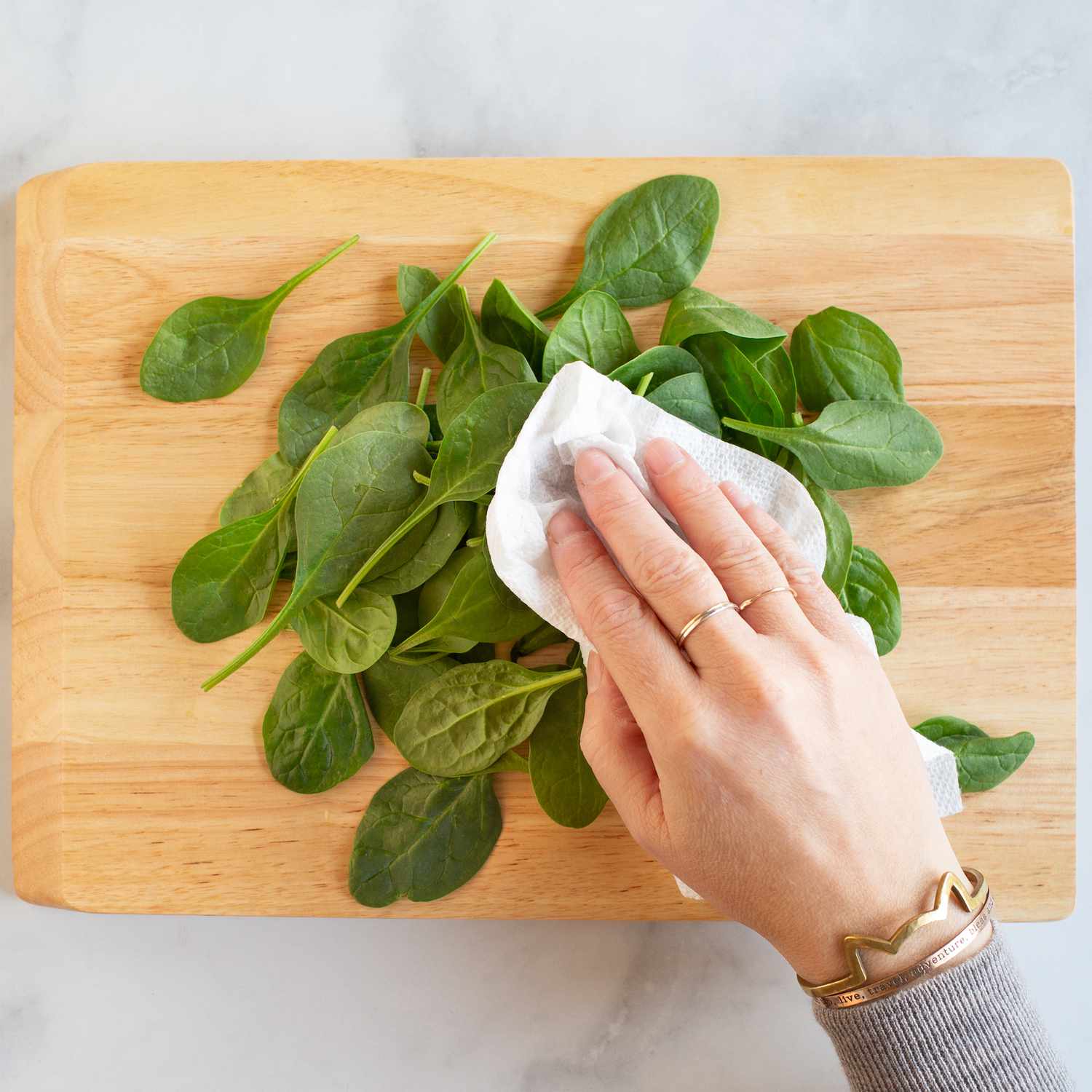
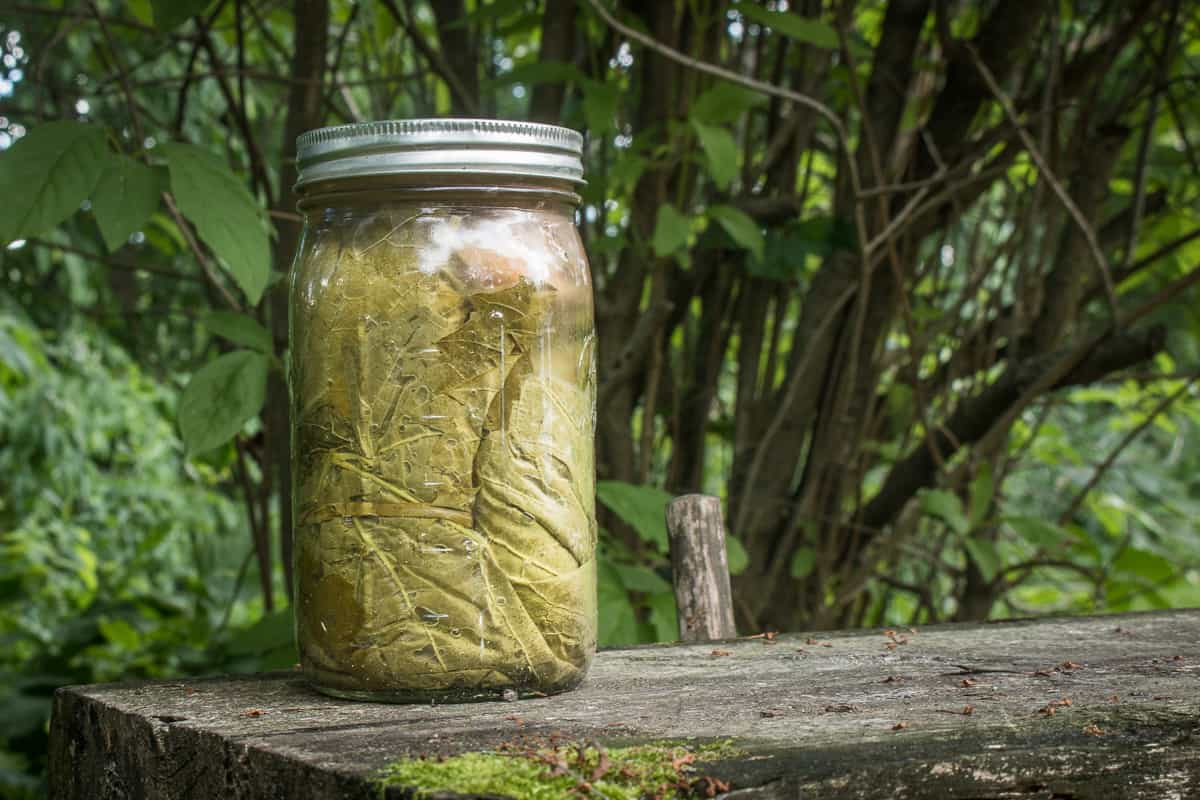
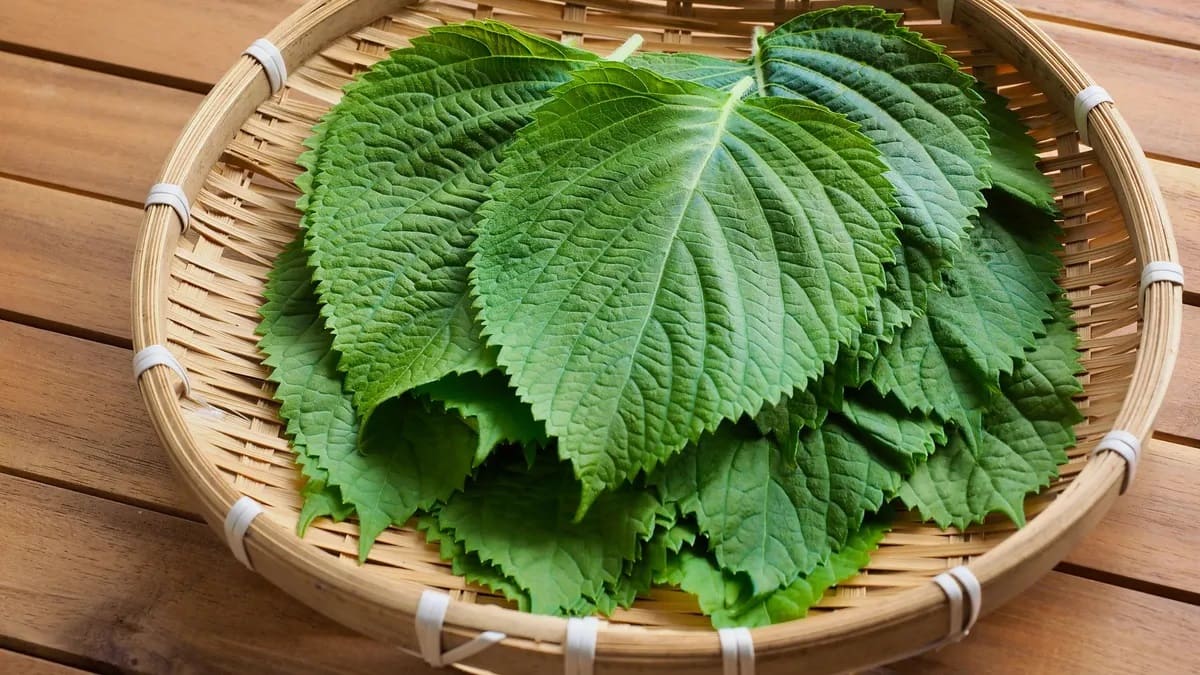
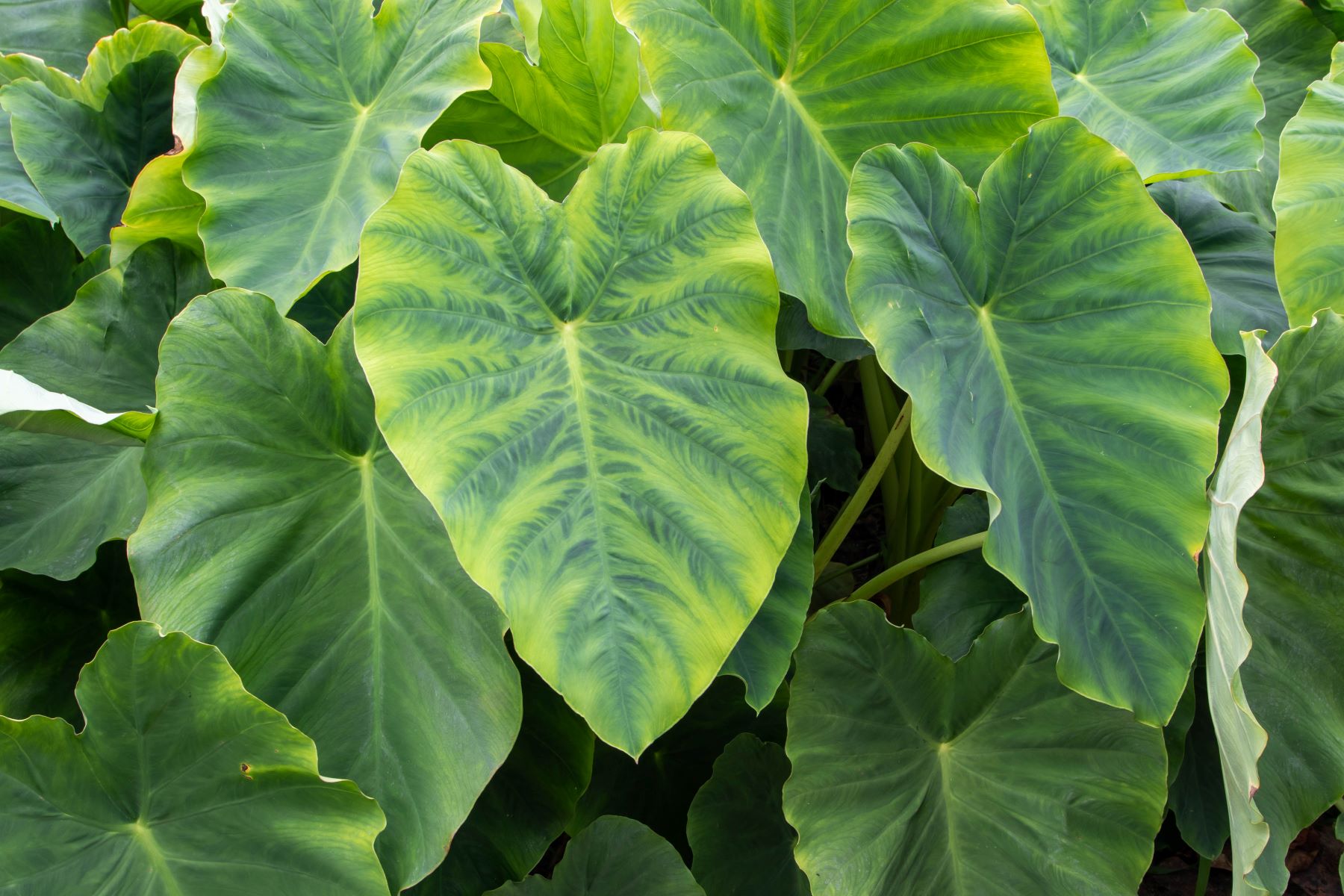
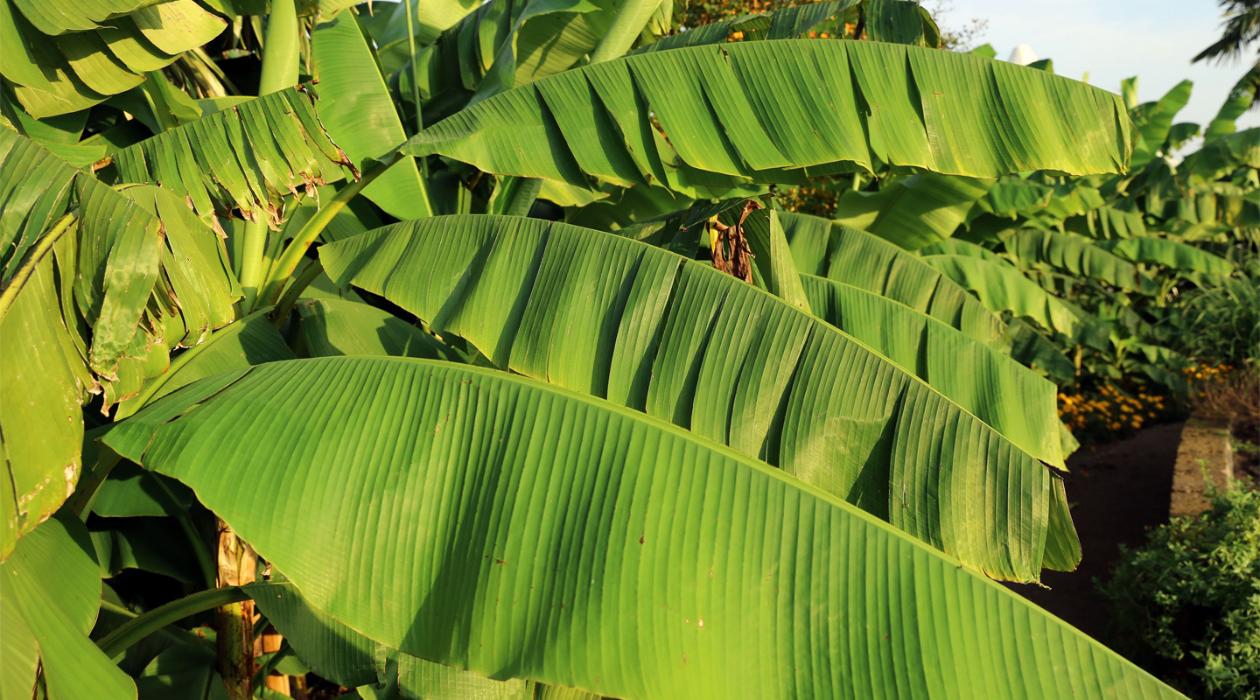
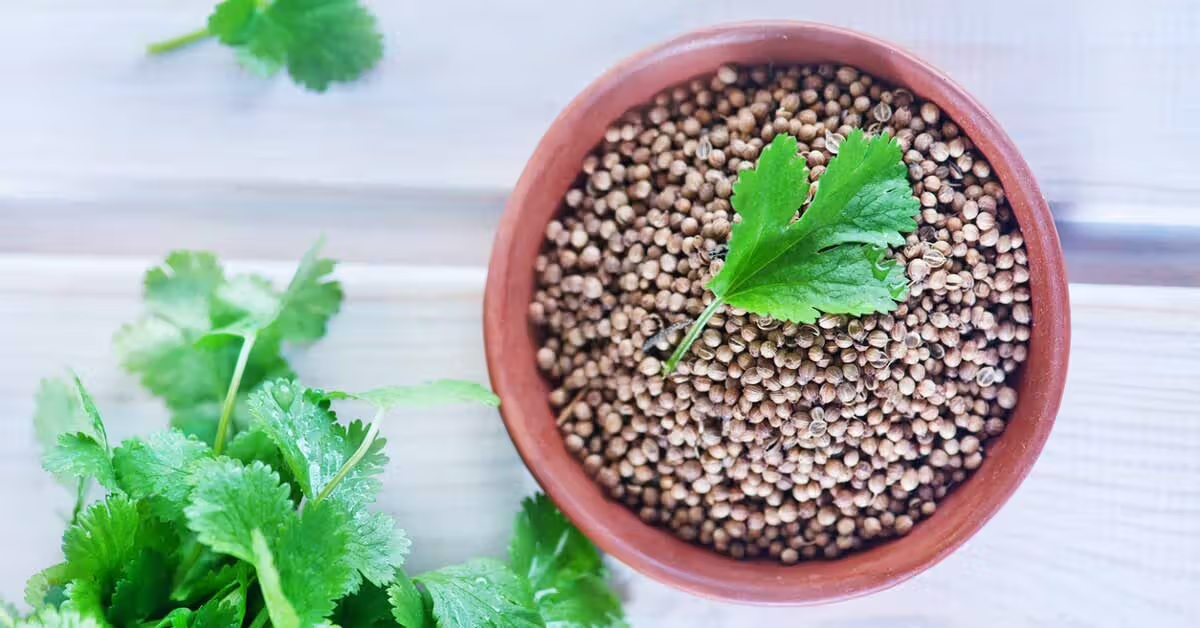
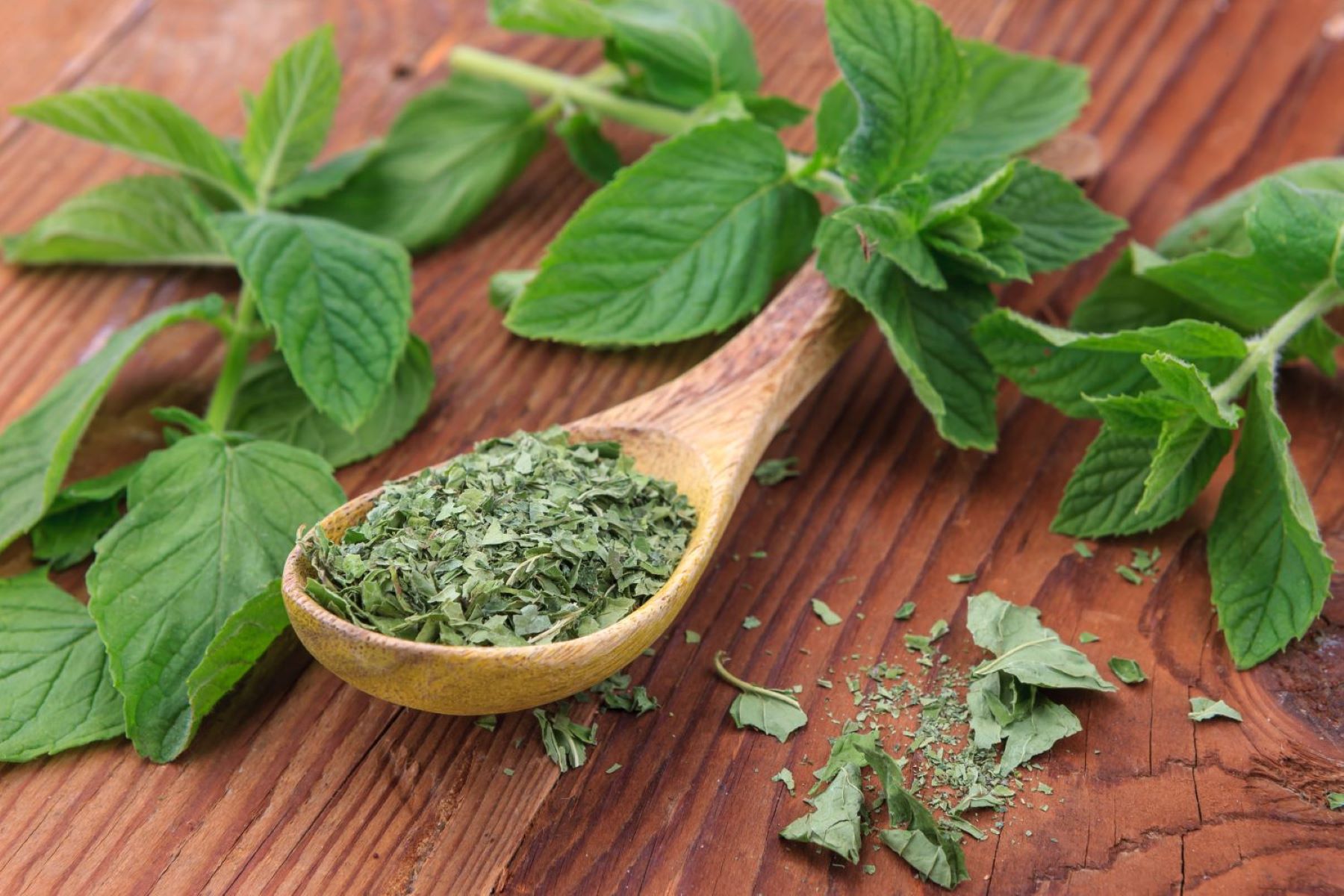
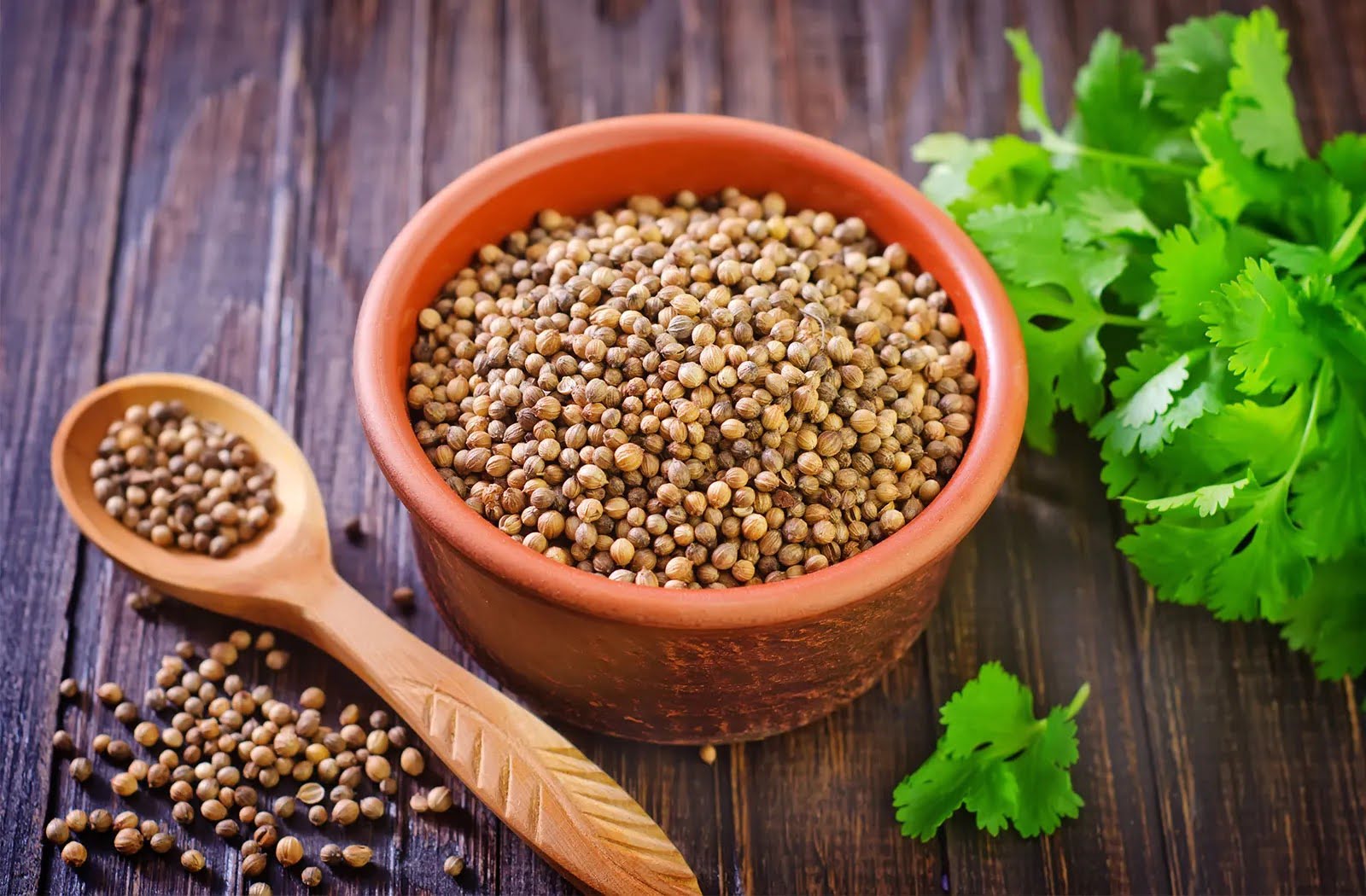
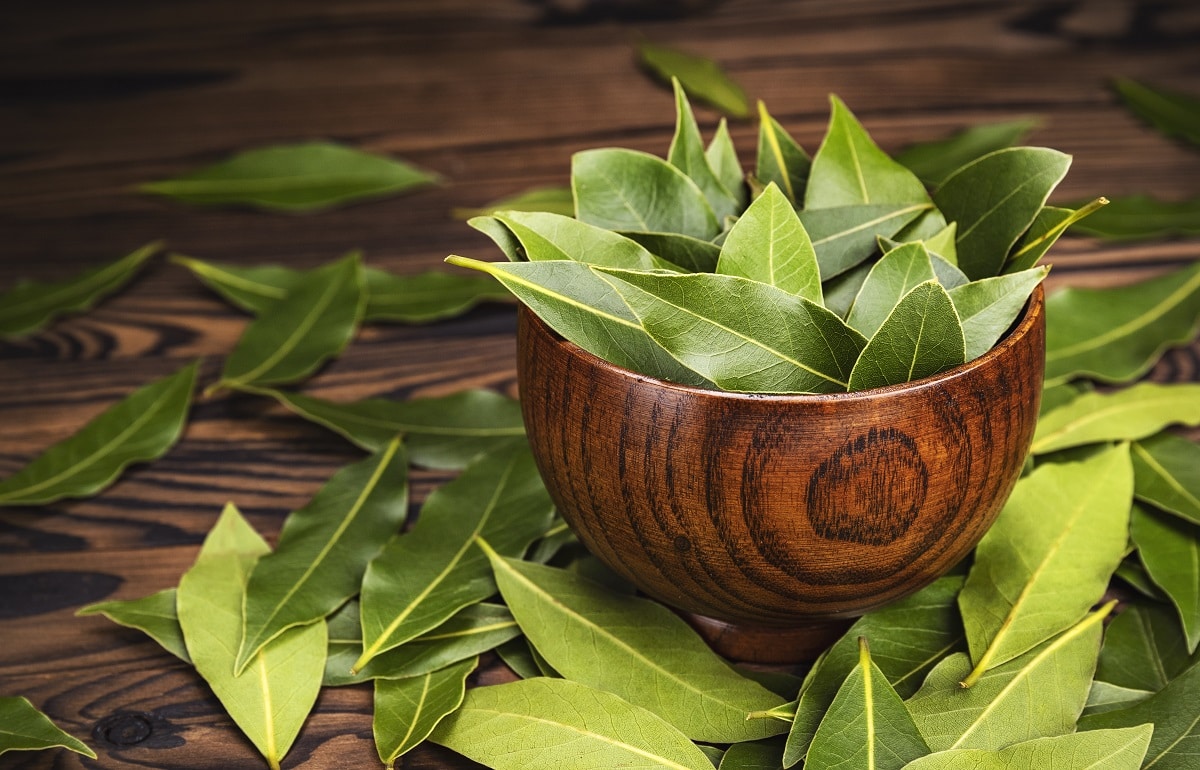
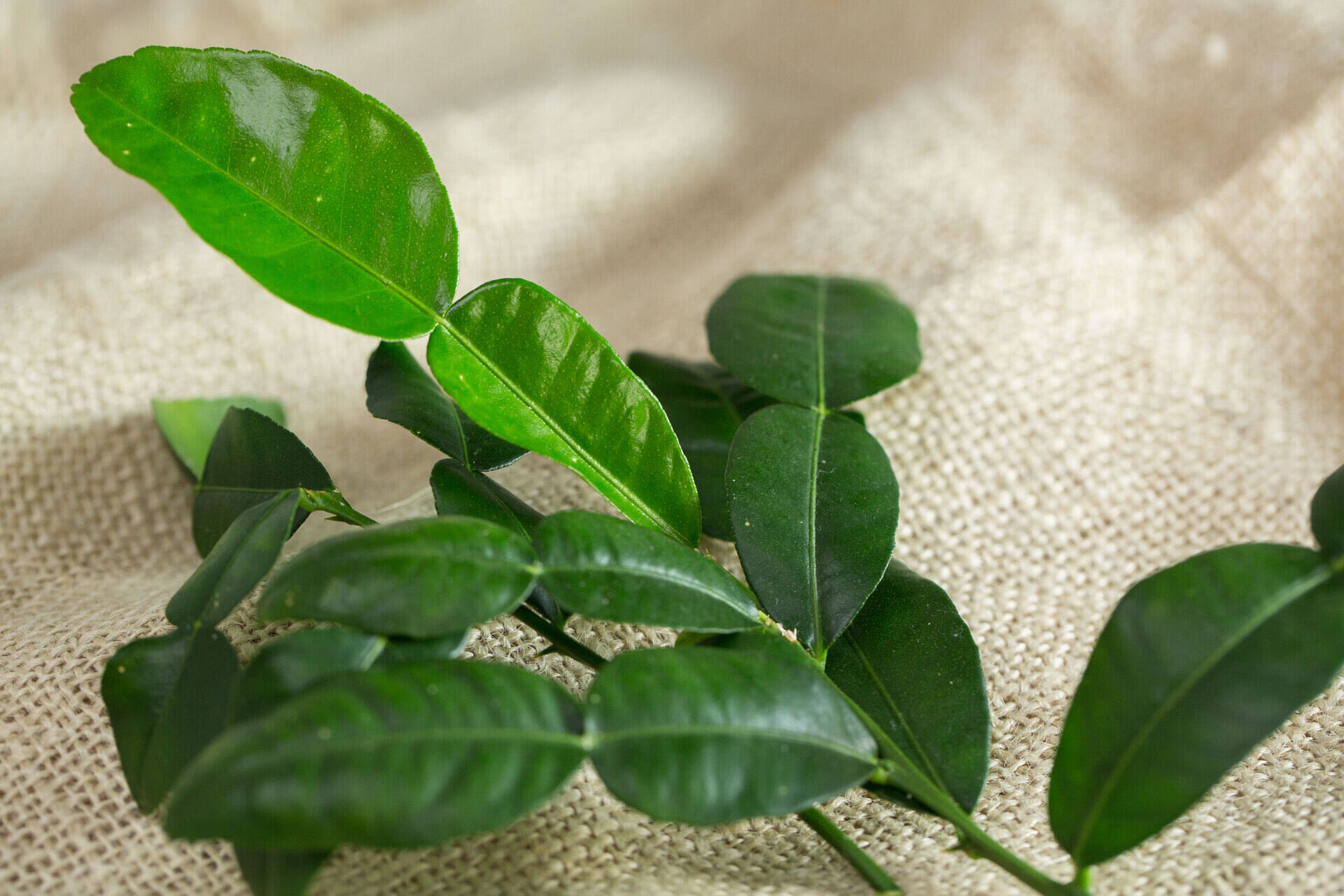
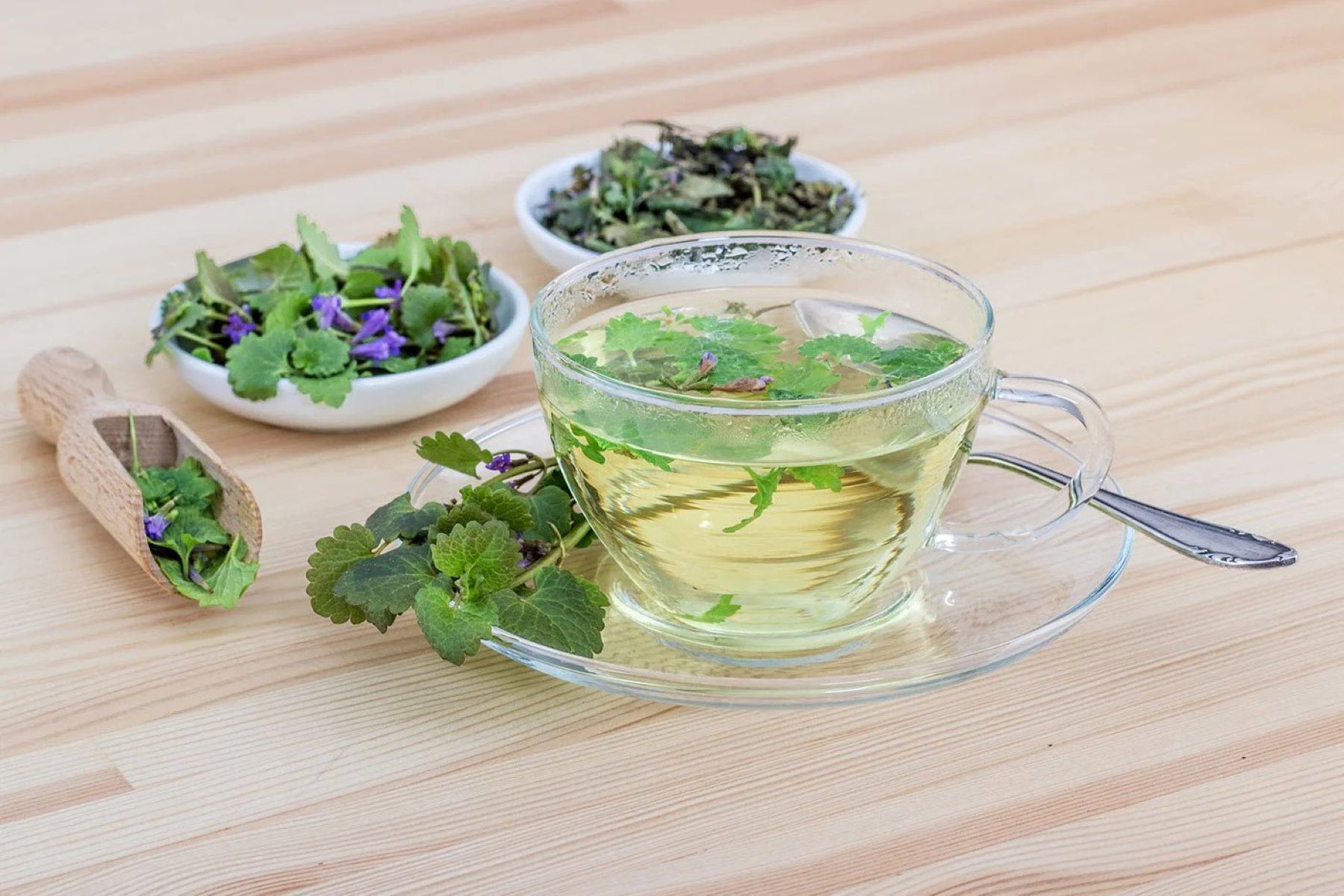
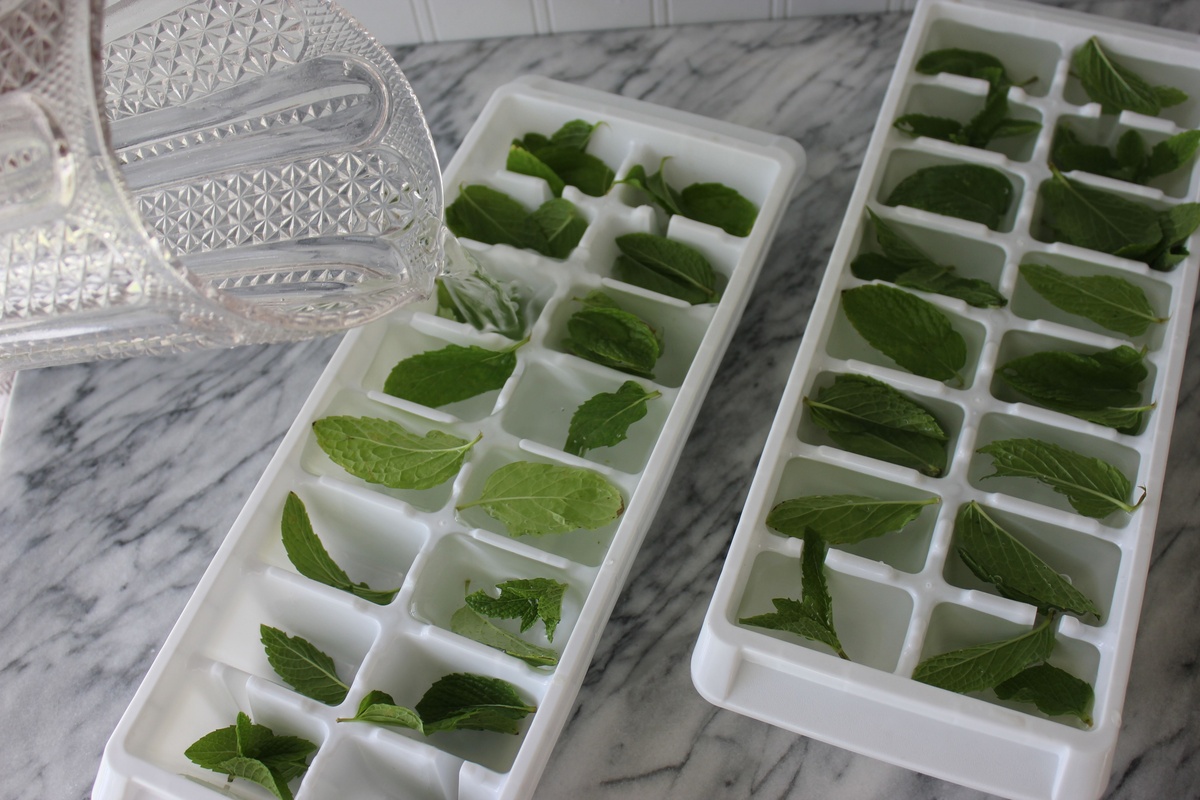

0 thoughts on “How To Store Coriander Leaves”